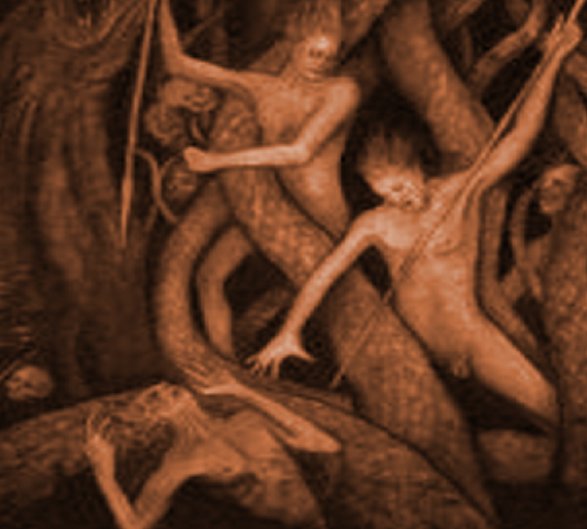Nastrond (Náströnd): Grisly Hall Of Corpses – Norse Vision Of Most Terrible Place In Niflheim, Kingdom Of The Dead
A. Sutherland - AncientPages.com - In Norse mythology, Nastrond (Náströnd) is the 'strand of corpses.' It is the most terrible part of Niflheim, ruled by the god Loki's terrible daughter, Hel.
The grisly Nastrond shore in Hel's kingdom, located under one of the roots of Yggdrasil, is a dark and wet underground cave. All the doors of Nastrond are oriented towards the glacial north to accommodate the terrifying sounds of the winds.
 People wade through venom dripping from the serpents above in Náströnd as attested in Völuspá. An illustration for Völuspá. Lorenz Frølich (1820–1908)
People wade through venom dripping from the serpents above in Náströnd as attested in Völuspá. An illustration for Völuspá. Lorenz Frølich (1820–1908)
The walls are made of twisted snakes pouring their deadly venom. The condemned are tortured by the snakes' poisonous fangs turned towards them and the bites of the wolf Fenrir.
Nastrond is a destination of suffering for those guilty of murder, adultery, and oath-breaking. According to the Norsemen's beliefs, these were the worst possible crimes, and the only punishment they could get was the terrible afterlife in the horrors of Nastrond.
Nastrond is one of the nine punishment holes to which those who committed crimes are taken; they die for the second time after their sentence at the court.
Nidhogg, a dreadful winged corpse-eating dragon, feeds on the corpses of the evil dead. At Ragnarok, the end of the world, Nidhogg would harvest many corpses and continue living in the new world.
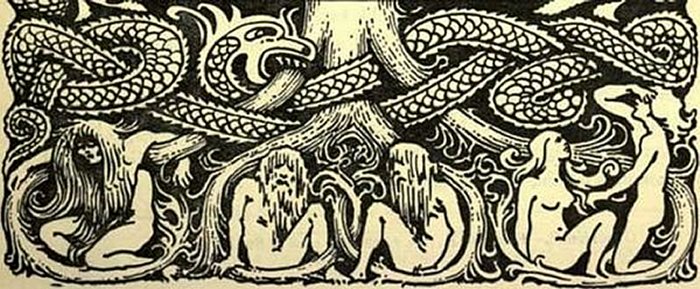 Norse Nastrond was a part of Hel's kingdom of dead.
Norse Nastrond was a part of Hel's kingdom of dead.
Nastrond reminds us of the Greek Tartarus, where the wicked are punished with equal cruelty.
Nastrond is not particularly well-known, and it is cited only from two known sources: one is Völuspá, and another is Prose Edda.
According to the early 13th century Snorri's Edda, on the Nastrond, the nails of the dead built a ship called 'Nagelfare.'
In Norse beliefs, 'Nagelfare' (Old Norse "nail farer") is a boat made entirely from the fingernails and toenails of the dead. During the events of Ragnarok, 'Nagelfare' is prophesied to sail to Vigrid (or Vigridr) carrying the participants of the most significant confrontation of all times, the battle with the gods, which takes place on the plain of Vigrid.
Nearly all the participants must die.
In the beliefs of the Norsemen, there are several places of death, such as Valhalla, Odin's hall that provides a posthumous home for those slain gloriously in battle, and Folkvang, a field ruled over by the goddess Freya where half of those that die in combat go upon death. There is also Niflheim, ruled by Hel, and the hall of the goddess Ran.
In fact, in none of these places, the dead suffer, but in Nastrond, they would suffer. At this point, Nastrond emerges as a symbolic place. In Nastrond, the deceased is punished forever. The condemned have no way out, only the afterlife full of suffering.
Thus this mythical place is somewhat different from other Norse posthumous conceptions.
Written by - A. Sutherland - AncientPages.com Senior Staff Writer
Updated on February 12, 2023
Copyright © AncientPages.com All rights reserved. This material may not be published, broadcast, rewritten or redistributed in whole or part without the express written permission of AncientPages.com
Expand for referencesReferences:
Sigfusson S. and Sturluson S. The Poetic Edda & The Prose Edda
Christiansen E. The Norsemen of the Viking Age
GG Koe, Nidhogg
More From Ancient Pages
-
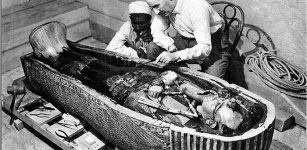 On This Day In History: King Tut’s Tomb Is Unsealed And Opened – On Feb 16, 1923
News | Feb 16, 2017
On This Day In History: King Tut’s Tomb Is Unsealed And Opened – On Feb 16, 1923
News | Feb 16, 2017 -
 Are The Ten Commandments Based On The Forty-Two Principles Of Maat That Appeared 2,000 Years Earlier?
Biblical Mysteries | Jul 15, 2017
Are The Ten Commandments Based On The Forty-Two Principles Of Maat That Appeared 2,000 Years Earlier?
Biblical Mysteries | Jul 15, 2017 -
 Prehistoric Dispilio: Accurately Dating Ancient Site To 5259 BC Using Cosmic Rays
Archaeology | May 21, 2024
Prehistoric Dispilio: Accurately Dating Ancient Site To 5259 BC Using Cosmic Rays
Archaeology | May 21, 2024 -
 Ilopango Volcanic Eruption In Maya World 1590 Years Ago – New Study
Archaeology | Oct 2, 2020
Ilopango Volcanic Eruption In Maya World 1590 Years Ago – New Study
Archaeology | Oct 2, 2020 -
 First Scandinavian farmers were far more advanced than previously thought
News | Aug 23, 2015
First Scandinavian farmers were far more advanced than previously thought
News | Aug 23, 2015 -
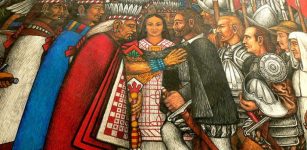 La Malinche – Greatest Traitor Or A Victim Of Hideous Circumstances?
Featured Stories | Jun 16, 2020
La Malinche – Greatest Traitor Or A Victim Of Hideous Circumstances?
Featured Stories | Jun 16, 2020 -
 Mysterious Old Ship With No Crew Reaches The Canadian Coast
Featured Stories | Jul 25, 2024
Mysterious Old Ship With No Crew Reaches The Canadian Coast
Featured Stories | Jul 25, 2024 -
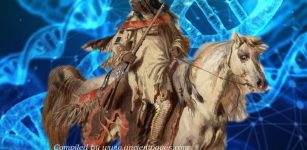 Ancient DNA Reveals Unknown Genetic Exchanges Between North And South America
Archaeology | Nov 12, 2018
Ancient DNA Reveals Unknown Genetic Exchanges Between North And South America
Archaeology | Nov 12, 2018 -
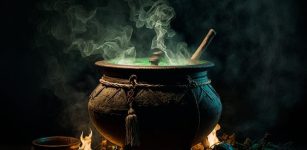 Miraculous Cauldrons Of The Ancient Celtic World
Featured Stories | Apr 17, 2024
Miraculous Cauldrons Of The Ancient Celtic World
Featured Stories | Apr 17, 2024 -
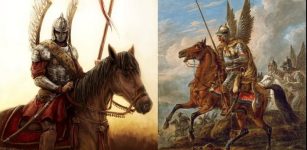 Winged Hussars: Facts And History About The Polish Warriors, Their Armor And Military Tactics
Featured Stories | Feb 14, 2016
Winged Hussars: Facts And History About The Polish Warriors, Their Armor And Military Tactics
Featured Stories | Feb 14, 2016 -
 How Emma Of Normandy Risked Her Life To Save England
Featured Stories | Mar 20, 2021
How Emma Of Normandy Risked Her Life To Save England
Featured Stories | Mar 20, 2021 -
 Unexplained Accounts Of Mysterious Fires – No Traces But It Happened – Part 2
Featured Stories | Aug 6, 2019
Unexplained Accounts Of Mysterious Fires – No Traces But It Happened – Part 2
Featured Stories | Aug 6, 2019 -
 3,800-Year-Old Wall Relief Created By Ancient Caral People Unearthed In Peru
Archaeology | Aug 28, 2018
3,800-Year-Old Wall Relief Created By Ancient Caral People Unearthed In Peru
Archaeology | Aug 28, 2018 -
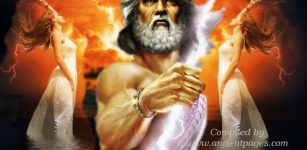 Astrape And Bronte – Twin Goddesses Of Lightning And Thunder Carried God Zeus’ Thunderbolts
Featured Stories | Jan 22, 2019
Astrape And Bronte – Twin Goddesses Of Lightning And Thunder Carried God Zeus’ Thunderbolts
Featured Stories | Jan 22, 2019 -
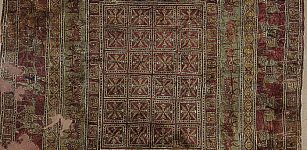 Pazyryk Carpet: Extraordinary Craftsmanship Of Siberian Iron Age Textile Dyers
Archaeology | Mar 5, 2021
Pazyryk Carpet: Extraordinary Craftsmanship Of Siberian Iron Age Textile Dyers
Archaeology | Mar 5, 2021 -
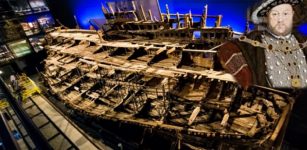 Artifacts From King Henry VIII’s Warship The Mary Rose – Analyzed
Archaeology | Apr 28, 2020
Artifacts From King Henry VIII’s Warship The Mary Rose – Analyzed
Archaeology | Apr 28, 2020 -
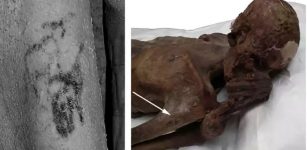 World’s Oldest Tattoos Discovered On Egyptian Mummies Re-Write History Of Tattoos
Archaeology | Mar 2, 2018
World’s Oldest Tattoos Discovered On Egyptian Mummies Re-Write History Of Tattoos
Archaeology | Mar 2, 2018 -
 Bizarre Sound Of A Crash Remains An Unexplained Mystery
Featured Stories | Oct 22, 2020
Bizarre Sound Of A Crash Remains An Unexplained Mystery
Featured Stories | Oct 22, 2020 -
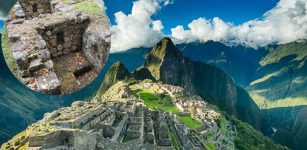 Unknown Ancient Structures Discovered At Machu Picchu By LIDAR
Archaeology | Mar 29, 2022
Unknown Ancient Structures Discovered At Machu Picchu By LIDAR
Archaeology | Mar 29, 2022 -
 Early Humans Reached Northwest Europe 45,000 Years Ago – New Research Shows
Human Beginnings | Jan 31, 2024
Early Humans Reached Northwest Europe 45,000 Years Ago – New Research Shows
Human Beginnings | Jan 31, 2024

